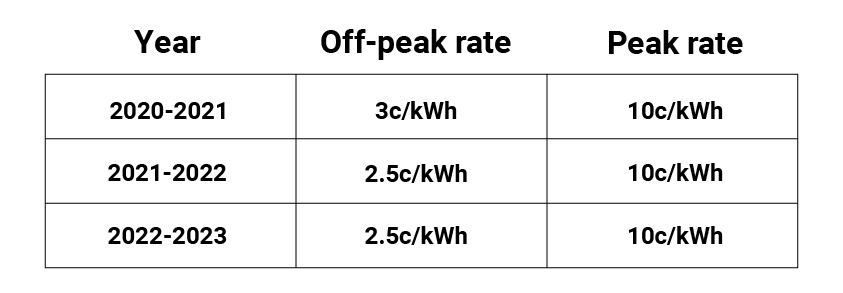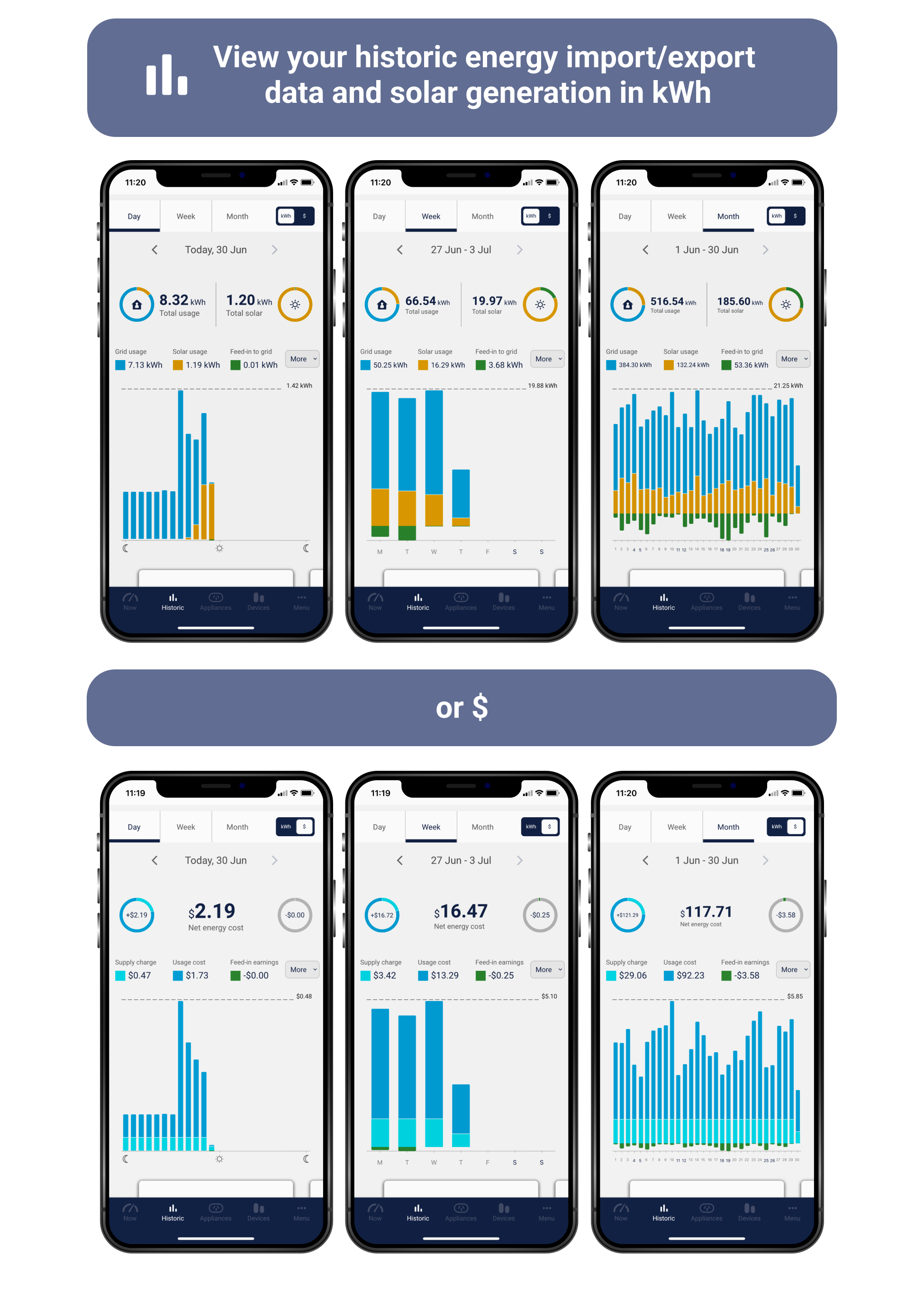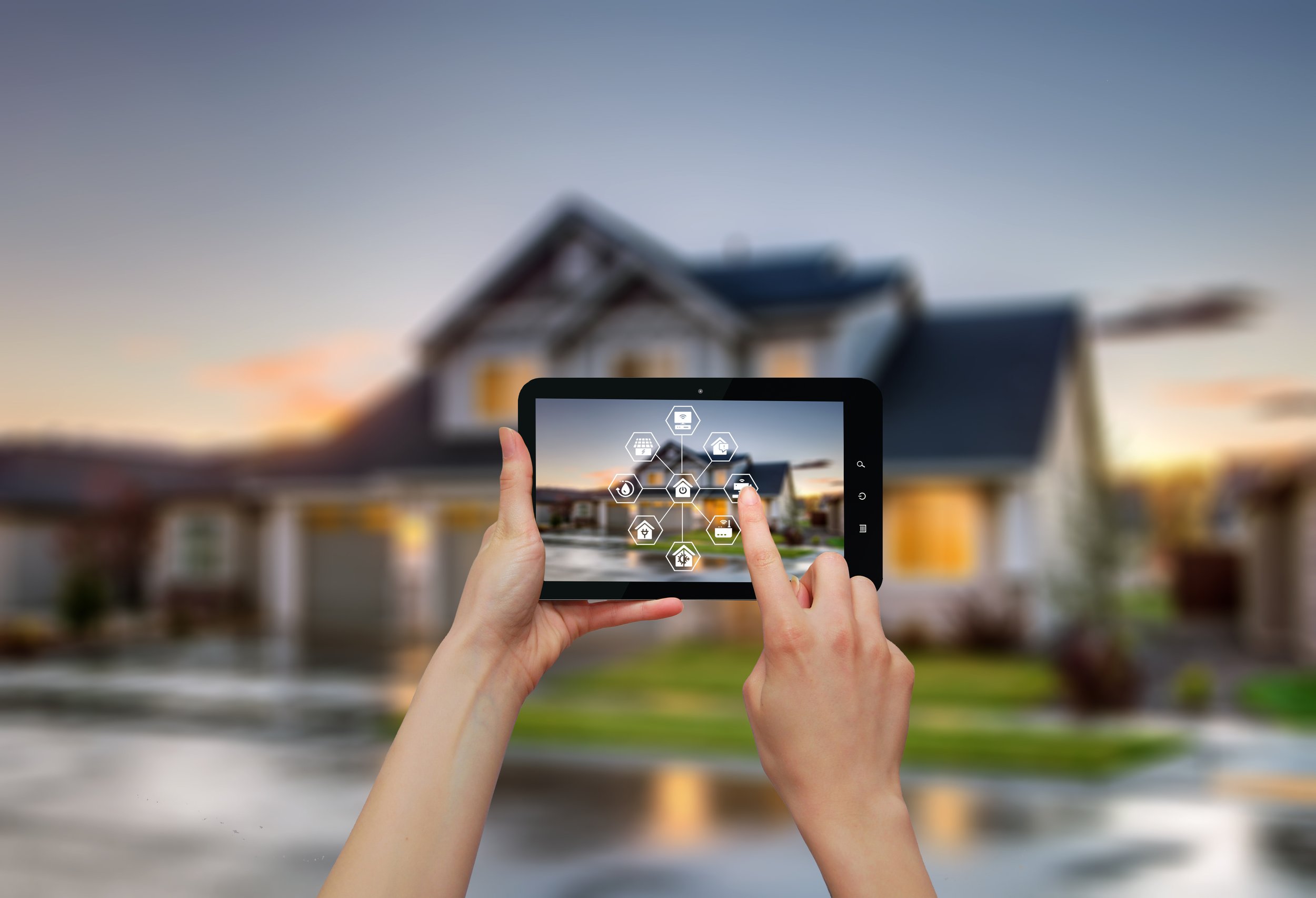How To Get The Most Out Of Western Australia DEBS
The Distributed Energy Buyback Scheme, or DEBS, was introduced in Western Australia on 31 August 2020 in order to encourage residents with solar to feed energy back into the grid at times when it is most needed. So what exactly is DEBS and how does it work? In this article, we’ll go over the what, why, and how of Western Australia’s DEBS-plus how all residents with solar can make the most of it.
What is DEBS?
DEBS is a state government scheme that allows WA residents solar electricity tariff that includes a time of export payment for electricity they export to the grid. The amount earned for feeding energy back into the grid will show up as a credit on your periodic electricity bill. The scheme offers a higher feed-in rate of 10c/kWh between the hours of 3pm and 9pm, the time when most household energy is usually consumed. The rest of the time, you can expect a much lower feed-in rate of only 2.5c/kWh.
Households, not-for-profits, schools, and other educational institutions are eligible for DEBS as long as they have an eligible system that is connected to the grid.
DEBS eligibility requirements and conditions:
Solar systems must have a generating capacity of 5kW or less (6.6kW systems with 5kVa inverters count as 5kW generating capacity)
Home battery or electric vehicle battery size does not impact eligibility
Retailers are only obligated to buy back 50 kWh worth of electricity per household per day, which is more than is expected to be produced daily by a 5kW system
If you are currently a REBS customer, you do not have to switch to DEBS until you upgrade your solar system
DEBS rates over the years
How to apply for DEBS
If you are getting a new solar system or updating your existing one and you fit the eligibility criteria above, either you or your solar provider need to apply for the energy buyback scheme through your energy provider’s website (Horizon or Synergy).
Why was DEBS introduced?
DEBS was brought in to replace the previous government buyback scheme REBS (Renewable Energy Buyback Scheme). According to the Western Australian government, DEBS is meant to encourage residents who generate solar to feed their energy back into the grid during peak usage times - meaning between 3-9pm when most people are getting home from work, cooking dinner, and using more lights. This is also when the sun starts going down, so there is a reduction in solar generation. The retailers encourage this behavior by offering a higher buyback rate of 10c/kWh between 3-9pm and a very low rate during the rest of the day, where the previous scheme (REBS) offered a flat buyback rate of just over 7c/kWh.
Make DEBS Work for You
While this seems like a good way to encourage people’s exporting behaviour, it's difficult to achieve. That's why multiple government sites recommend buying a solar battery so that you can store all of your unused energy during the day and export it later for the highest rate. However, solar batteries in their current iteration are a major investment that usually take upwards of 10 years to pay themselves off (I calculated my own savings with a 5kW system and a 5kW battery based on my current usage, it would take me 21 years to break even). We’ve put together a few tips to help you make the most of DEBS without buying an expensive solar battery.
1. West facing solar panels
Harness that afternoon sun and take advantage of the higher buyback rate! Make sure your solar panels are unobstructed and west facing to be able to absorb the fleeting light.
2. Monitor your solar generation
Monitor your solar generation and self consumption with Powersensor! The Powersensor Advanced Solar Solution shows how much energy you are producing and consuming in real time all from your mobile device, allowing you to monitor electricity usage habits. Armed with this knowledge, you can choose to use your solar energy as you produce it and make even smarter energy decisions for your home. Check out our article on solar monitoring and self consumption to learn more about how you can save.
3. Smart appliances and home automation
Manage your energy usage with smart home automation! Using a home automation system can help you use up more of that energy that your solar system generates during the day. Use smart appliances with a system that you can control remotely from your mobile device. This way, you can run those high load appliances with clean solar energy even if you’re not at home.
In the future, you’ll be able to integrate Powersensor into your smart home automation system. To register your interest and see what else we’re working on, visit our Feature Roadmap page.





